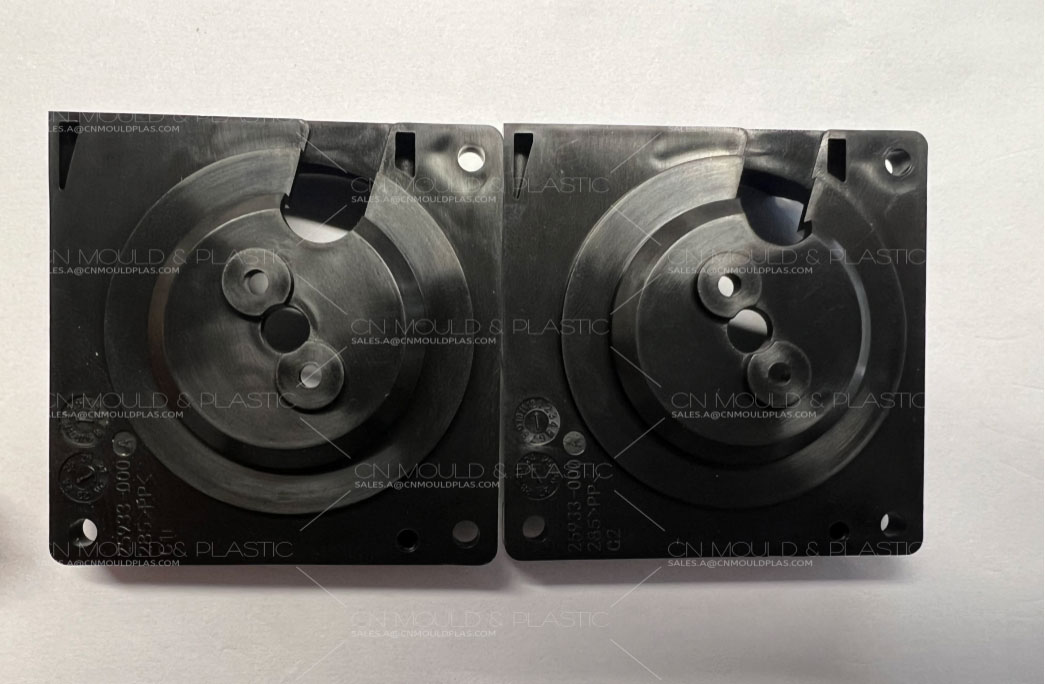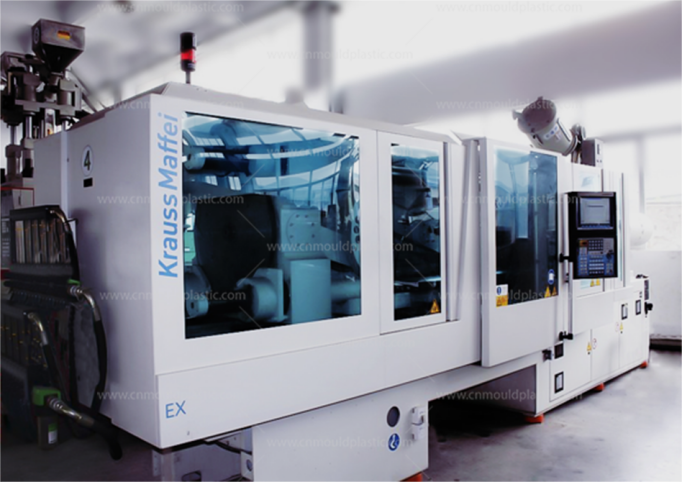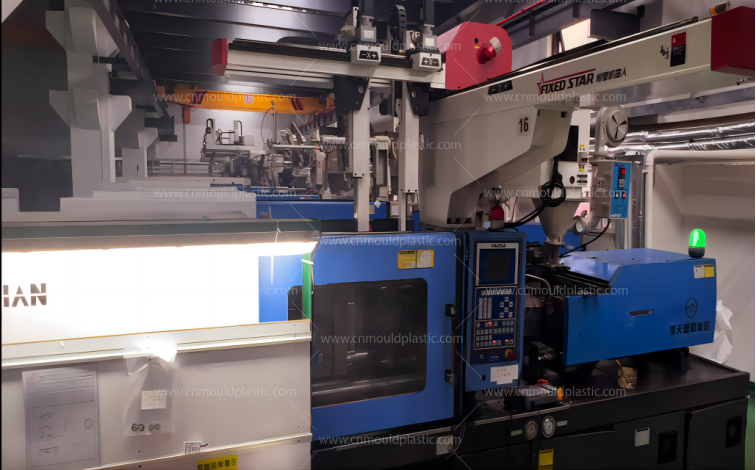The holding pressure stage is a crucial step in the injection molding process that ensures the production of high-quality parts. It follows the filling stage and its primary purpose is to compensate for the shrinkage of plastic during cooling and solidification.
1. Compaction of the Molten Plastic: The high pressure applied during this stage compresses the molten plastic, increasing its density and eliminating air traps. This results in a more compact and uniform structure with improved mechanical properties.
2. Compensation for Shrinkage: As the plastic cools and solidifies, it undergoes volumetric shrinkage. The holding pressure counteracts this shrinkage by maintaining a high pressure in the mold cavity, preventing the formation of sink marks.
3. Optimization of Part Dimensions: By controlling the holding pressure and duration, manufacturers can precisely adjust the dimensions of the molded part to meet the desired specifications.

In the holding pressure stage, the mold cavity is already filled with molten plastic, resulting in high back pressure. The screw of the injection molding machine advances gradually, causing a slow flow of plastic known as "holding pressure flow."
During this stage, the rapid cooling and solidification of the plastic near the mold walls increases its viscosity. This, in turn, leads to increased resistance to flow within the mold cavity.
The high pressure applied during the holding pressure stage causes the plastic to exhibit some degree of compressibility. In areas with higher pressure, the plastic is more densely packed, resulting in higher density. Conversely, areas with lower pressure experience less compaction, leading to lower density. This phenomenon creates a non-uniform distribution of density within the molded part, which can vary over time.
Unlike the filling stage where flow plays a major role, the holding pressure stage is primarily influenced by pressure. The solidified plastic acts as a medium for transmitting pressure within the mold cavity.
The high pressure in the mold cavity during the holding pressure stage exerts a force that tends to open the mold. To counteract this, a sufficient clamping force must be applied.
While a slight opening of the mold can facilitate venting, excessive opening can lead to flash, overflow, or even damage to the mold. Therefore, selecting an injection molding machine with adequate clamping force is crucial to prevent these issues and ensure effective holding pressure.
The holding pressure stage plays a vital role in achieving high-quality, dimensionally accurate, and void-free molded parts. By understanding the key functions, process dynamics, and factors influencing this stage, manufacturers can optimize their injection molding process for optimal results.



